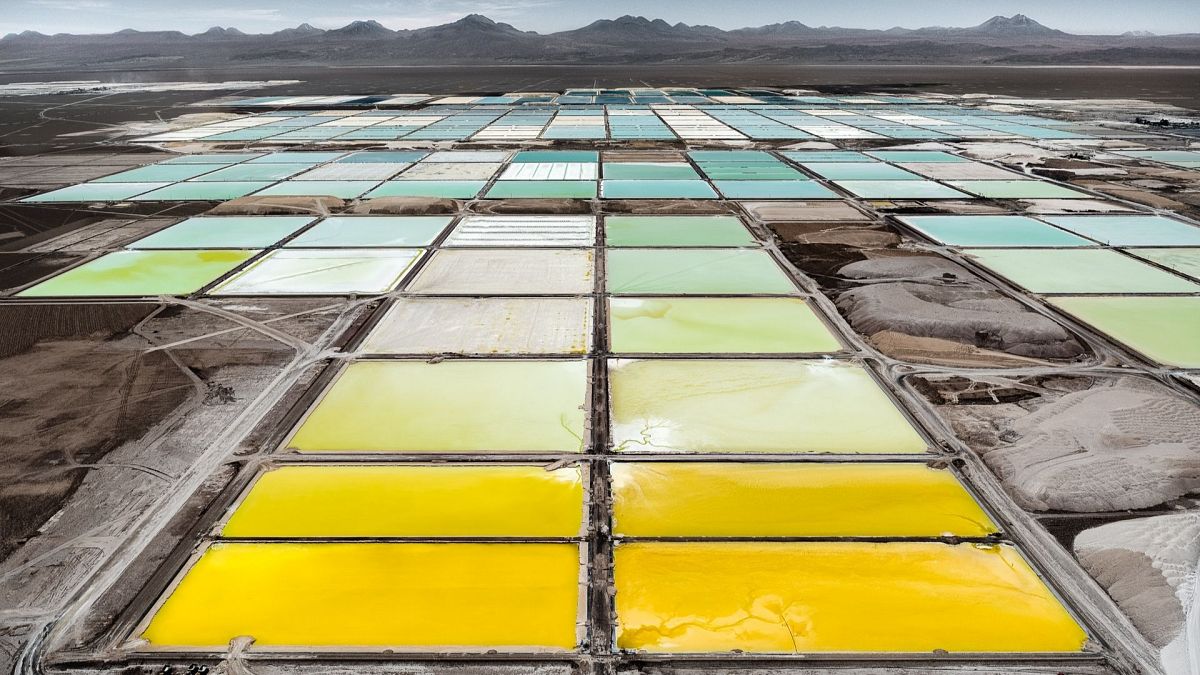Just quoting lib tripe. MN has huge amount of nickel needed for your green dream. The Dem Gov wont let them touch it. Everyone up north must work in tourism or gas stations and fast food. Real jobs not allowed
Let's take a look at your most recent lie. In the states with the largest fields in the most desolate areas, what are the Governors Political Parties?
Utah: Governor Cox, Republican
Nevada: Governor Sisolak, Democrat
New Mexico: Governor Grisham, Democrat
Arizona: Governor Ducey, Republican
It's funny, when you build a mega battery factory, you really want to be not far from the lithium mining facility. Tesla is building theirs in Nevada because it's not only close to the lithium supply but it's also very business friendly. Arizona would have been the second choice for exactly the same reasons. Tens of thousands of jobs (not including the hundreds of thousands of temp construction jobs) makes any purple state look long and hard at things.
These things cannot be built near existing cities. They have to be created hundreds of miles from any metro area because they are loud and messy. What you end up with is a brand knew medium sized city created to support the factory, mining, etc.. Built in an area that cannot really support life now. Even Snakes avoid these areas.









/img/iea/lV6D57EBwx/ev-dirty-clean-paradox.jpg)

